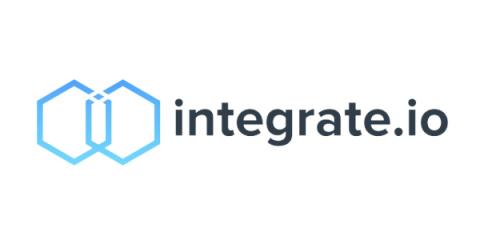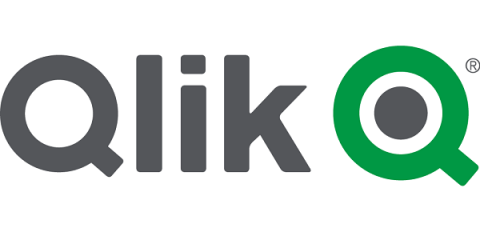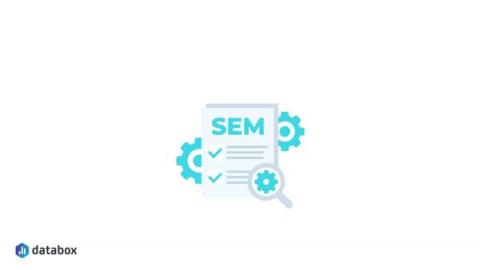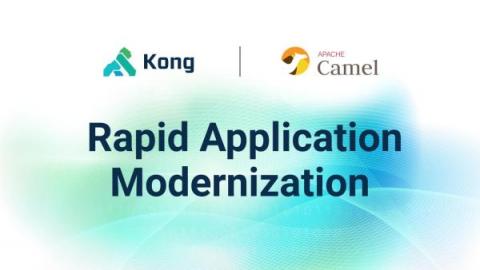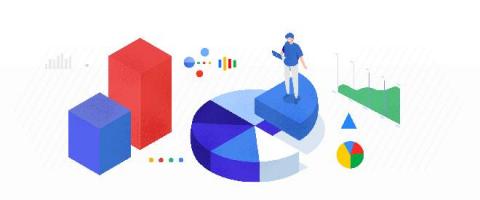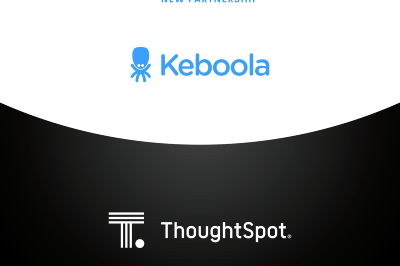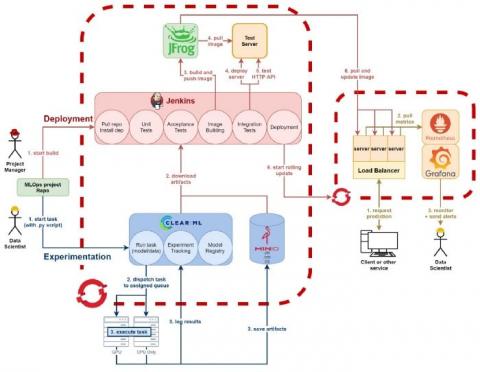Systems | Development | Analytics | API | Testing
Latest Posts
Automated Machine Learning
When AI came on the scene in analytics, Qlik took a very different approach than ‘black box’ tools. We felt strongly that AI should be utilized to enhance human intuition, instead of replacing it. And of course, the term augmented analytics is now well known. That’s not a coincidence.
Search Engine Marketing Reporting: Everything You Need to Know
Rapid Application Modernization With Kong Konnect and Apache Camel (Part 1)
Here’s a story about a developer surviving in a world of APIs, Kubernetes and rapid application modernization. Meet Josh (a pseudonym). Josh is your typical developer. He’s good at writing code in his native language, hates documentation and REALLY hates the “drag and drop” approach to developing software found in bloated API management platforms. Josh would rather write code, weave in some docs and avoid worrying about security, networking, deployment and reliability.
Working from home - tips and tricks for the testing community
COVID-19 has changed our lives in so many ways. There is not a single aspect of our life that is untouched by it. The way organizations operate their work has also changed drastically. Before 2020 no one would have guessed that work from home will become such an internationally accepted phenomenon. However, working from home has been a new experience for most of us, and there are times that we find ourselves struggling too.
Announcing preview of BigQuery's native support for semi-structured data
Today we’re announcing a public preview for the BigQuery native JSON data type, a capability which brings support for storing and analyzing semi-structured data in BigQuery. With this new JSON storage type and advanced JSON features like JSON dot notation support, adaptable data type changes, and new JSON functions, semi-structured data in BigQuery is now intuitive to use and query in its native format.
Better Together with AWS - 2021 in Review
What Is BigQuery?
Keboola + ThoughtSpot: Go from zero data experience to live analytics in minutes
Building an MLOps infrastructure on OpenShift
Most data science projects don’t pass the PoC phase and hence never generate any business value. In 2019, Gartner estimated that “through 2022, only 20% of analytic insights will deliver business outcomes”. One of the main reasons for this is undoubtedly that data scientists often lack a clear vision of how to deploy their solutions into production, how to integrate them with existing systems and workflows and how to operate and maintain them.


